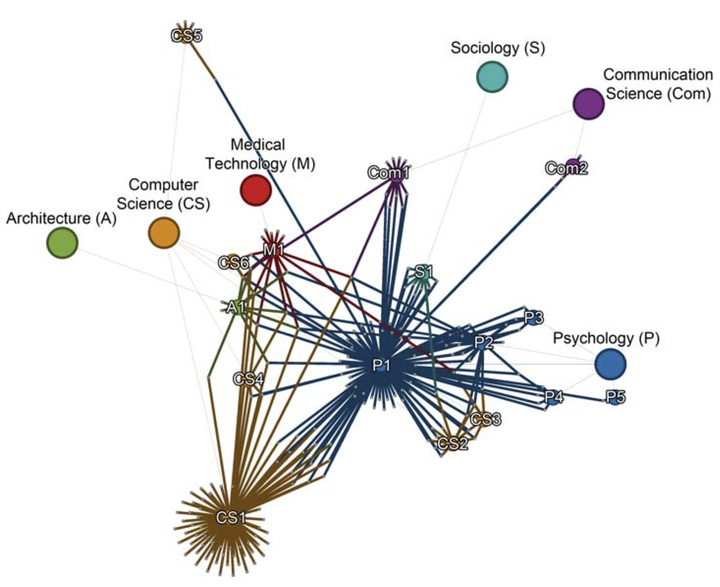Using mixed node publication network graphs for analyzing success in interdisciplinary teams

Abstract
Large-scale research problems (e.g. health and aging, eonomics and production in high-wage countries) are typically complex, needing competencies and research input of different disciplines [1]. Hence, cooperative working in mixed teams is a common research procedure to meet multi-faceted research problems. Though, interdisciplinarity is – socially and scientifically – a challenge, not only in steering cooperation quality, but also in evaluating the interdisciplinary performance. In this paper we demonstrate how using mixed-node publication network graphs can be used in order to get insights into social structures of research groups. Explicating the published element of cooperation in a network graph reveals more than simple co-authorship graphs. The validity of the approach was tested on the 3-year publication outcome of an interdisciplinary research group. The approach was highly useful not only in demonstrating network properties like propinquity and homophily, but also in proposing a performance metrics of interdisciplinarity. Furthermore we suggest applying the approach to a large research cluster as a method of self-management and enriching the graph with sociometric data to improve intelligibility of the graph.